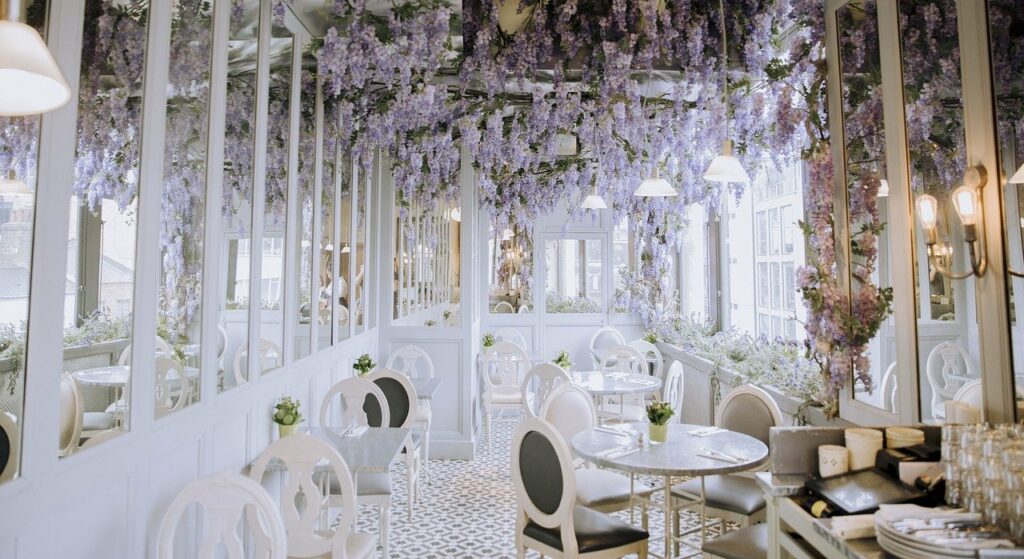
The aesthetic values are those values by which it is judged whether something is beautiful or not. For instance: the sublime, the elegant, the comical.
However, the esthetic, a philosophical discipline that studies the concept of beauty, art and its different manifestations, has observed that these values change depending on each culture, society, historical time and even fractions of society. Therefore, what is considered a work of art at a certain time in a certain society, may not be at another time.
When we face the aesthetic expressions from other cultures very far from our own, in order to appreciate works of art we must take into account the aesthetic values to which they respond.
On the other hand, aesthetic value applies to all creations of a society, not just to art. In industrial objects, aesthetic values are manifested through the design. Most of the people also modify their physical appearance responding to the aesthetic values of their community.
The aesthetic values depend to some extent on the personal judgment. However, the subjectivity of every individual develops in a specific social context. For this reason, personal judgments in aesthetic matters are not usually radically different from those of society. Even when revolutionary changes are made in art, they can only be disseminated when there is a group that shares the same aesthetic values of the creator.
When we talk about “classic” works of art we mean that the aesthetic values it represents are still valid today. However, there is the possibility that the reasons why certain works were appreciated at the time may not be the same reasons why they are appreciated now. In other words, even if similar aesthetic values are still valid, the importance given to each of them may be relatively different.
Examples of aesthetic values
- The tragic. In aesthetics it refers to the inevitability of a negative resolution to conflicts, the impossibility of making a satisfactory choice. Example: the play Oedipus Rex is tragic.
- The sublime. Which offers extraordinary elevation. Philosophers often associate it with the most impressive manifestations of nature, but it is also used to value art. Example: sunsets on the mountain are sublime.
- The ridiculous. It is what is out of time and space, what is out of place. The ridiculous can be considered a negative aesthetic evaluation. However, it is a resource of comic genres. Example: Mr. Bean is ridiculous.
- How elegant. Elegance today is associated with simplicity, while in other times it was associated with luxury. It is one of the aesthetic values that most depends on social changes. Example: dark suits are elegant.
- The slender. It has to do with the vertical figures, the thin and the long, always maintaining grace. Example: the models are slim.
- Comical or funny. That which causes hilarity in the receiver. It can be both a positive and a negative aesthetic value. Example: Don Quixote is no longer funny to me.
- The entertaining. That which keeps our attention. For example: this television series is entertaining.
- The harmonious. Something proportionate that causes a pleasant sensation. Example: the flavors of this dish are harmonious.
- The magnificent. Representations of deities and even sovereigns (kings, presidents, popes) point to magnificence. Example: the portrait of Anne de Cléveris, by Hans Holbein the Younger, is magnificent.
- The imposing. That which makes us feel small in comparison. Although this aesthetic value can be considered with respect to natural landscapes, it can also be one of the principles that govern architecture and other cultural forms. Example: Roman aqueducts are impressive.
